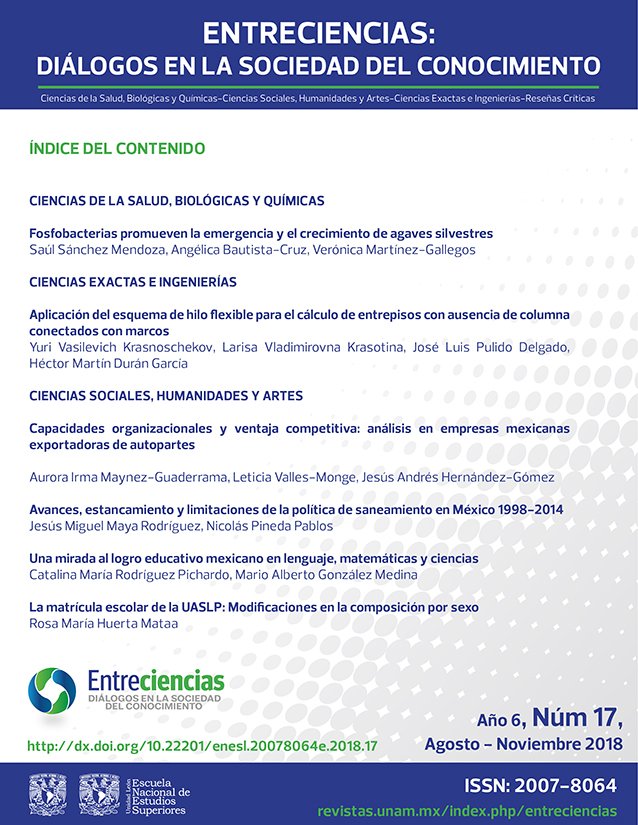Application of the flexible thread scheme for the calculation of column absence connected with framework
Main Article Content
Abstract
Oftentimes buildings utilize structural systems connected to elements to give them a greater load resistance; these consist of reinforced floors with the fastening of cables or wires. The objective of this research was to find a viable methodology for flexible wire calculation taking into consideration the dynamic effect associated with the absence of a column. Two dynamic variants were examined: static and dynamic reinforcement of floors (reinforced concrete) in order to prevent a progressive collapse. For analyses, the flexible wire scheme was applied considering an increase of reinforcements due to the absence of the column. A dynamic coefficient is used which is advisable when considering a structure without columns (according to the Russian standard regulation 27751-2014). The methodology was developed and tested to calculate the dynamic coefficient considering an inelastic deformation. Numerical models of construction analysis are shown to avoid collapse concluding that a greater reinforcement of the cable is required to ensure its load capacity in tension and to avoid failure.
Downloads
Article Details

Entreciencias: Diálogos en la Sociedad del Conocimiento recognizes and respects the moral rights of authors as well as ownership rights transferred in non-exclusivity to the journal for its open access dissemination and its preservation. Hence, authors who publish in this journal accept the following conditions:
- Entreciencias: Diálogos en la Sociedad del Conocimiento from Universidad Nacional Autónoma de México is distributed under a Licencia Creative Commons Atribución-NoComercial-SinDerivar 4.0 Internacional, which allows the information and metadata to be used without commercial ends as long as proper citation is utilized.
Authors will have the right to non-exclusively distribute the contribution made to Entreciencias: Diálogos en la Sociedad del Conocimiento. That is, they will be able to include it in an institutional repository or disseminate it in other digital or printed media as long as it is explicitly stated that it was first published in Entreciencias: Diálogos en la Sociedad del Conocimiento. The following information must additionally be included: author, year, volume, page numbers, electronic paging, and DOI.
Authors, whose publications have been accepted, will have to send the Letter of Copyright Transfer in the corresponding format, filled out and signed by the author or authors.
